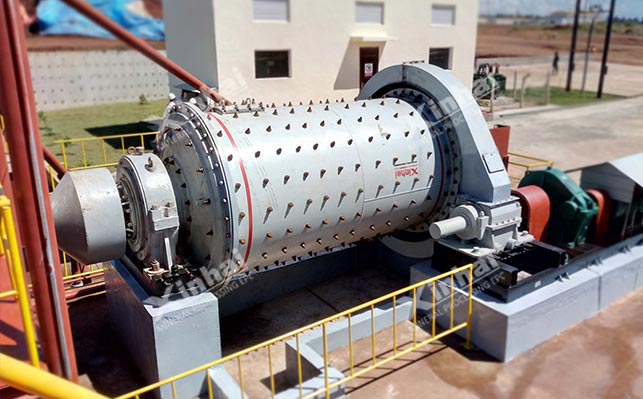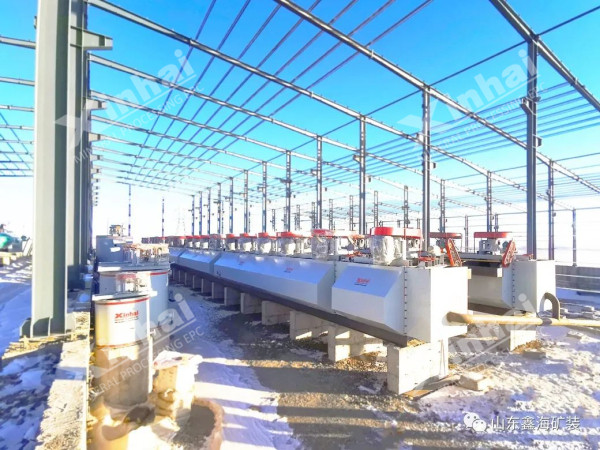The bulk materials after lithium ore mining are first subject to rough crushing by electromagnetic beneficiation equipment; Then, under the action of belt conveyor, it is evenly sent to the mill for deep grinding; After grinding, lithium ore powder shall be properly screened by spiral classifier, and qualified materials after screening shall be sent to flotation machine for separation and impurity removal; The lithium concentrate obtained after flotation can be dried.
The lithium concentrate extraction steps need to go through crushing, grinding and grading, pulp mixing, flotation, dehydration, filtration and drying. Next, we will introduce in detail.

The lithium ore in the feeder is transported to the jaw crusher through the belt conveyor for crushing operation. In this process, the crusher with large crushing ratio and production capacity must be selected to ensure that the production efficiency of the whole process can meet the actual requirements.
Due to the limitations of the jaw crusher itself, the materials crushed by it cannot directly enter the next level of equipment, so the cone crusher is also used for secondary crushing.

After the second crushing of the cone crusher, it can be uniformly sent to the ball mill for deep grinding under the action of the belt conveyor. It is recommended that the grid energy-saving ball mill has large single output, high efficiency, low metal pollution, stable operation, concentrated particle size distribution, and very good grinding effect of lithium ore.
The classifier can choose spiral classifier or hydrocyclone, and the classification effect is also good.
The slurry composed of solid lithium mineral particles and water (the slurry
usually comes from grading or concentration operation) should first be mixed
with appropriate flotation agent in the mixing tank. If necessary, use some
process return water (such as filtrate) or water to adjust the pulp
concentration to meet the flotation requirements. The main purpose of mixing
pulp with flotation agent is
a) Add collectors or activators to increase the
hydrophobicity of the mineral surface to be floated.
b) Add inhibitors to
make the surface of minerals that do not want to float more hydrophilic and
inhibit their floating.
c) Add foaming agent to promote the formation and
dispersion of bubbles.

The adjusted pulp is sent to the flotation cell, and the pulp and air are simultaneously sucked into the flotation cell by the rotating impeller. The air is broken into many bubbles by the movement of the mud flow. The foaming agent promotes the formation and dispersion of microbubbles. In the slurry, bubbles collide with ore particles. The difference of surface hydrophobicity determines whether ore particles adhere to the bubble surface. Mineral particles with strong surface hydrophobicity attach to the surface of bubbles, are carried by bubbles, rise to the surface of pulp, and form a foam layer. The scraped foam is called lithium concentrate. The particles with strong surface hydrophilicity do not interact with the slurry. The amount of NaOH determines the recovery rate of lithium ore.
Filter press is recommended for lithium concentrate dehydration, with good dehydration effect and water content of finished products between 15% and 20%.
The equipment used for processing lithium ore into lithium concentrate includes: jaw crusher, cone crusher, vibrating screen, grid ball mill, overflow ball mill, classifier, cyclone, mixing tank, flotation machine, thickener, filter press, etc.
The process of lithium ore processing into lithium concentrate and the required equipment are described above. Xinhai can take lithium ore processing projects, please contact us.